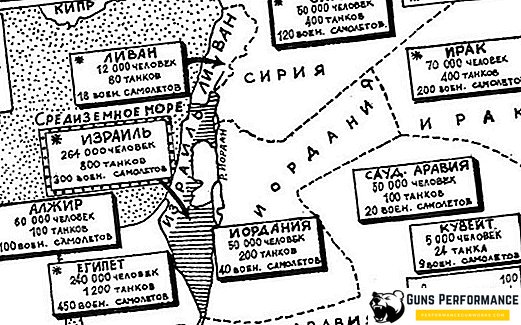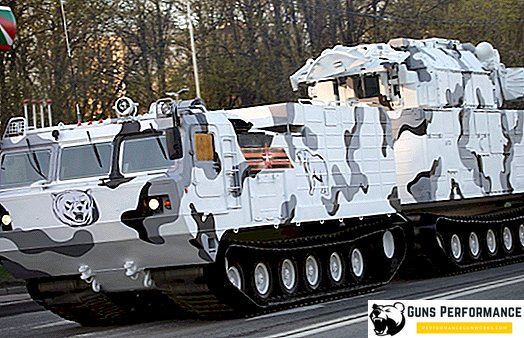Currently, the presidency of Yemen is Aidarus al-Zubaidi. The powers of the country's president are very broad. He is the supreme commander of the armed forces and is also the head of the executive branch in the country. The status of the president and his duties are clearly stated in the Constitution of Yemen.
The formation of a united state of Yemen was not easy. Until 1994, the country was fragmented into several parts, and each had its own president, who considered himself the head of Yemen. Only in 1994, Ali Abdullah Saleh managed to unite the country, becoming the first president of the Republic of Yemen. As president, Saleh spent several consecutive terms, and would still continue to be president if he had not died in 2018 as a result of the terrorist attack.
List of Imams, Kings of the Mutawakkiliyskom Kingdom
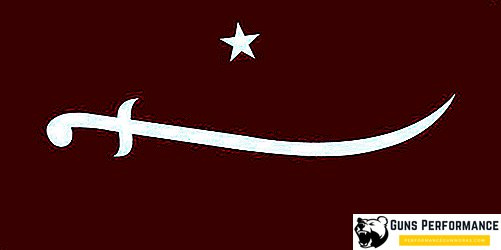
The history of the state of Yemen begins with the formation of the Yemeni Mutawakkilian kingdom. The list of kings is as follows:
- The first king was Yahya bin Mohammed Hamid ad-Din. In 1904, it was he who led the revolt of local tribes against the Ottoman Empire. The clashes between the Turks and the rebels lasted for several years, but the uprising was never suppressed. In 1911, Hamid ad-Din was able to conclude an agreement with the Sultan on the granting of autonomy of Ottoman Yemen. After the defeat of Turkey in the First World War, declared the country independent, and in 1919 became king. Rule until 1948, was shot by an assassin;
- Ahmed bin Yahya Hamid-ad-Din became the second king of the country. The rules are very tough, the execution of all their rivals. He was crowned in 1948, having previously dealt with conspirators who wanted to seize power in the country. King Hamid ad-Din got along well with the Soviet Union, concluded many trade contracts. Several attempts were made on the king, but he successfully dealt with the rioters. He died in 1962 as a result of a disease that worsened due to injury in 1961;
- The next Imam-king was Ahmed’s eldest son, Muhammad al-Badr. He was crowned in 1962, but in the same year he was forced to flee because of a military coup organized by the chief of the royal guard. Until 1970, he tried to regain power by unleashing a large-scale civil war. In 1970, he emigrated to England, calling on the people of Yemen to end the civil wars.
After the death of the second king of the Mutawakkilian kingdom, the country was divided into the Yemen Arab Republic and the People’s Democratic Republic of Yemen.
Presidents and heads of Yemen from 1962 to 1994
North Yemen or the Yemen Arab Republic for the years of its existence has received six presidents:
- The first president was Abdullah Al-Salal. He came to power as a result of the overthrow of Muhammad al-Badr. He actively collaborated with the Soviet Union. The inauguration of the first president was a mere formality, as he was not elected as such. He made many reforms in the field of education, agriculture and health care. Was overthrown in absentia in 1967. Since Abdullah Al-Salal was in Iraq during his overthrow, he could not prevent the coup;
- Abdel Rahzman al-Aryani became president in 1967 as a result of the coup. He was famous for the fact that he was able to stop the enmity between Republicans and monarchists in 1970. He quit the presidency in 1974 voluntarily;
- The next president was Ibrahim Mohammed al-Hamdi. Years of government - from 1974 to 1977. The goals and objectives of the presidency this leader saw in improving the lives of ordinary people. Conducted many reforms aimed at the destruction of class inequality, the development of social and economic spheres. According to statistics, during the presidency of Ibrahim al-Hamdi, Yemen achieved the highest economic development in its history. The President carried out purposeful work to unite northern and southern Yemen. He was killed in 1977 by unknown mercenaries;
- Ahmad Hussein al-Gashimi reigned from 1977 to 1978. He was killed in the explosion of a portfolio of documents;
- Abdel Kerim Abdullah Arashi ruled only a few months in 1978. Voluntarily left the post;
- The last president of the Yemen Arab Republic was Ali Abdullah Saleh. He ruled until 1990, after which he became the first president of united Yemen.
It is President Saleh who is ordered to organize the assassinations of the third and fourth presidents of northern Yemen.
Heads of People’s Democratic Republic of Yemen in chronological order
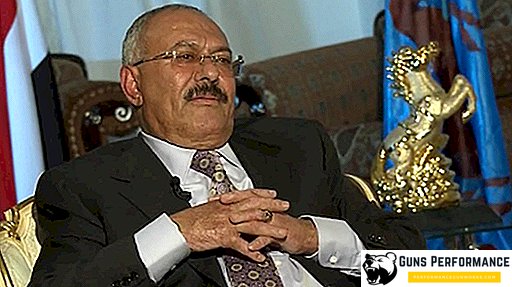
South Yemen had its own republic, which was ruled by presidents, general secretaries and presidents of the presidential council:
- Kahtan Mohammed al-Shaabi became the first president of southern Yemen in 1967. Prior to that, he was head of the national liberation movement for the independence of the territories of southern Yemen. He left his post in 1969 because of discontent, growing among supporters of the "left" wing of power. An attempt by the former president to publicly declare his resignation to the people of southern Yemen was seen as an attempt to revolt. As a result of this, the president was arrested and imprisoned. Soon he was released, and sent to live in a small wooden house in complete isolation from society, where he died in 1981;
- The next leader of the country was Salem Rubaya Ali. Rules from 1969 to 1978. At first he was the chairman of the Presidential Council of the SDPY, then the chairman of the Democratic Republic of Yemen. He died in a military coup in 1978;
- Ali Nasser Mohammed only spent six months in power in 1978;
- The next leader of southern Yemen was Abdel Fattah al-Jawzi. Rules from 1978 to 1980;
- The fifth leader was Ali Nasser Mohammed, who was re-elected. He was in power from 1980 to 1986. It was overthrown during the 1986 war;
- Haydar Abu Bakr al-Attas was head of state from 1978 to 1990.
Although Yemen merged in 1990, there was another president of the self-proclaimed Democratic Republic of Yemen - Ali Salem al-Bein. His attempt to reanimate the independence of southern Yemen failed in 1994.
Presidents of Yemen after unification to the present day
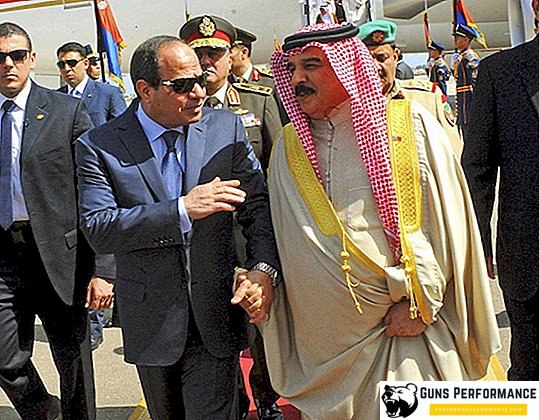
Ali Abdullah Saleh became the most famous president of Yemen. He came to power in 1994 and remained the undisputed leader until 2011. The role of Saleh in the formation of the Yemeni state is enormous. He tried to prevent the occurrence of revolutions, one of which did happen in 2011. Saleh resigned in the same year.
After Saleh, Abd Rabbo Mansour Hadi (2012-2015) became president. This politician could not deal with tribal contradictions, and a terrible civil war began to torment the country. As a result of all this, Hadi resigned, although he later withdrew his petition.
Former President Saleh decided to regain power and began to fight with supporters of Hadi. In the end, Saleh was killed in 2018, leaving the country Hadi and several other candidates for the presidency. Until now, hostile groups cannot divide power in Yemen.
Residence of the President of Yemen
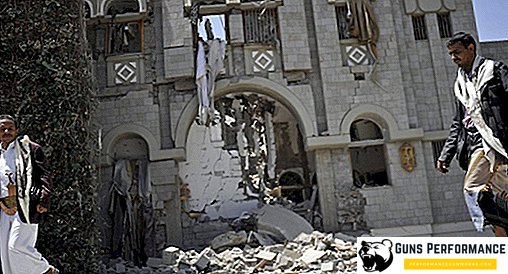
The residence of the President of Yemen is located in the capital of the state, the city of Sana'a. It is there that the president’s reception is located, which has not been used for a long time. The presidential palace of El-Maashik has long lost its magnificence, since it has been repeatedly bombarded and shelled. Attempting to penetrate and photograph the residence of the presidents of Yemen is now akin to suicide.


